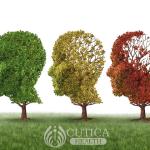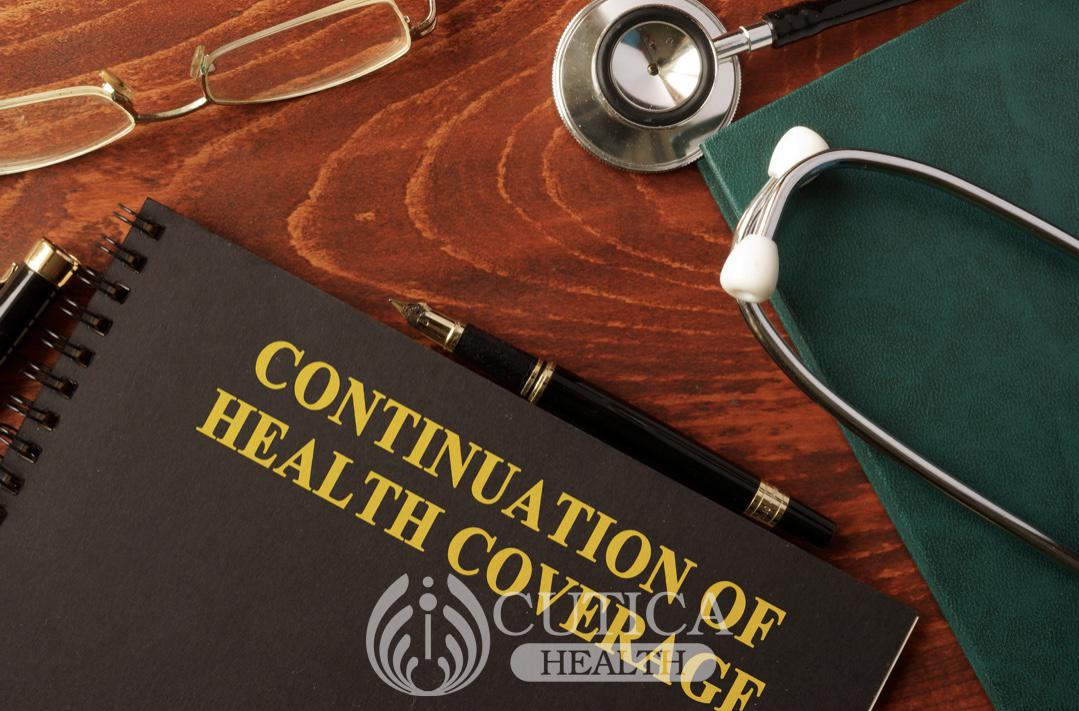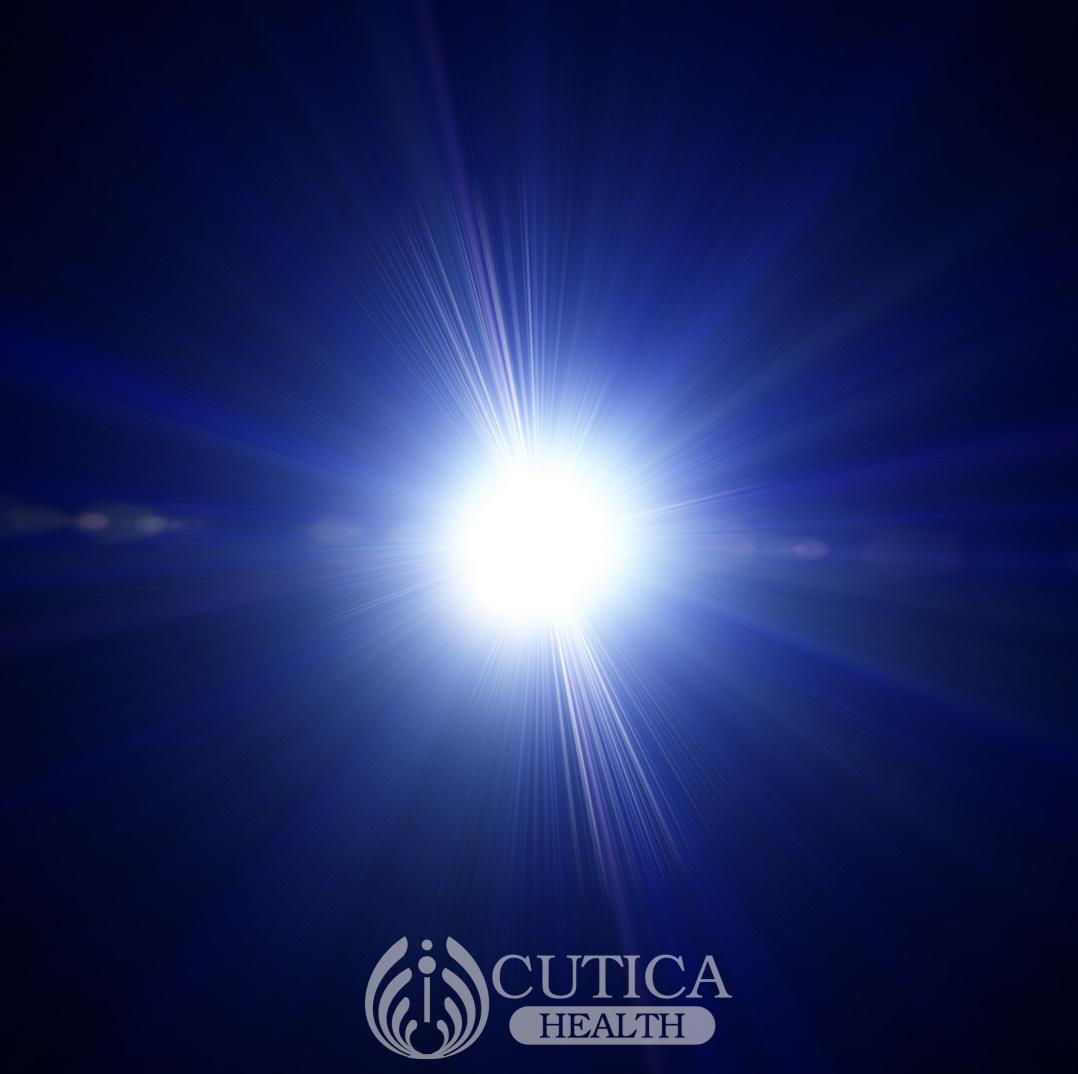
One of the little intrigues of science is that what we perceive as light isn’t colorless; in fact it is not just one color, elementary physics tells us that there are actually seven colors in what we perceive as light. Now this comprises some light that the human eye can see and some others that we can’t see. The ones we can see are what they refer to as the visible light spectrum and blue light is part of these.
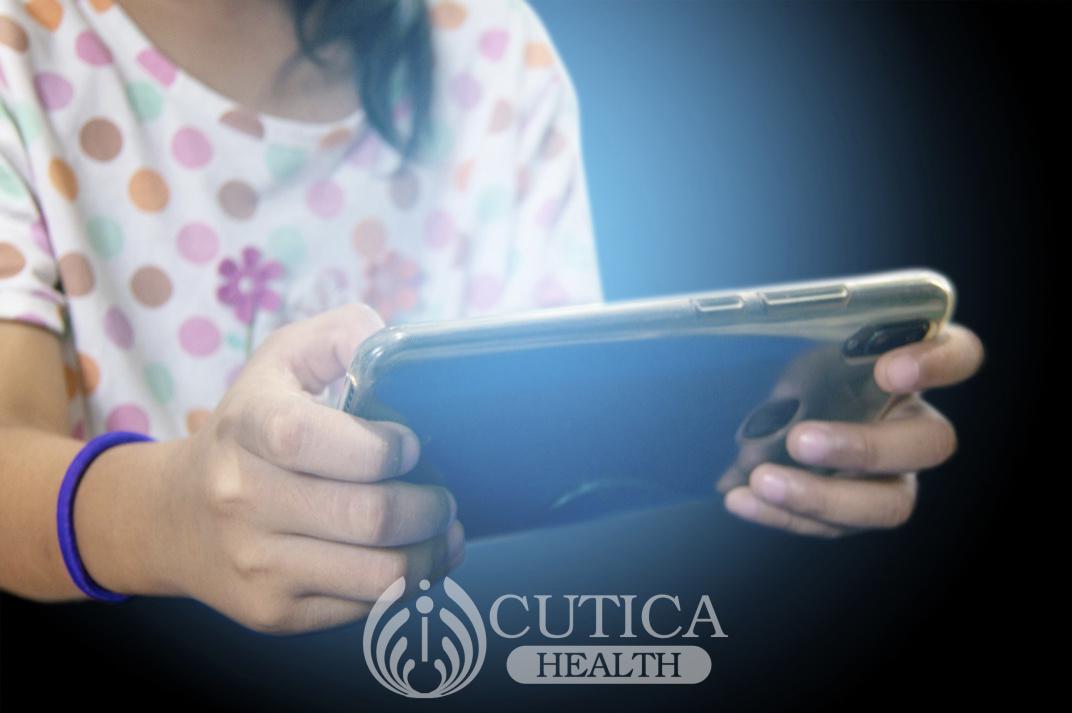
Why single out blue light? Is it particularly harmful?
Well, to answer that question, we need to remember some basics. Did you know that blue light “vibrates” within 380 to 500 nanometer range? This means blue light is in the class of light with the highest energy. Talking about high energy, about a third of light that we can see is high-energy/blue light, with the sun being the highest/most important source. But, apart from the sun being a natural source of blue light, there are artificial sources, as stated below:
- CFL (compact fluorescent light) bulbs
- Computer monitors, smart phones, and tablet screens
- Flat screen LED televisions
- Fluorescent light.
- LED light.
It’s obvious from the list that even when we limit exposure to sunlight, which is the most important source of blue light, we are still exposed to blue light in many more ways than we thought.
What are the positive health effects of blue light?
Blue light is associated with improved memory, improved cognition, boost in alertness and mood enhancement! Blue light also helps to regulate your body’s wake and sleep cycle, otherwise called the circadian rhythm. I’m sure you cannot forget in a hurry that sunlight, especially the morning sunlight, is good for vitamin D and also important for the growth and development of the eyes and vision of children. Some authorities also believe that exposure to sunlight helps to prevent nearsightedness. What is inadequate exposure could increase myopia or short-sightedness.
What are the negative health effects of blue light?
Exposure to your screen is important, but the volume of exposure to blue light from your screen is much less than what you absorb from sunlight itself, which is the major source of blue light. Experts are concerned about how long you spend before your screen especially when you bring the screen too close to your eyes. Beyond your screens, prolonged repeated exposure to blue light from sunlight affects your retina, which is the light-sensitive layer at the back of your eyes. This could lead to conditions such as age-related vision loss, cataracts, eye cancer and the danger is even greater among children because their eyes absorb more blue light from devices.
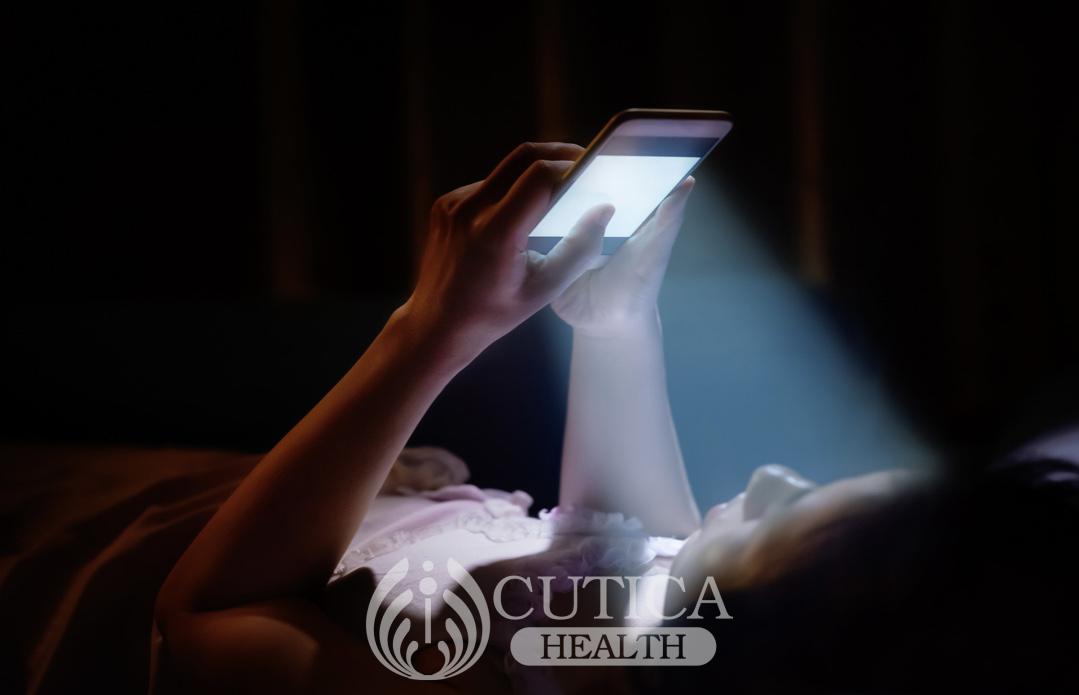
It is common knowledge that most of us indulging using our phones just before bedtime and we have lots of justification for this. But, I might help us adjust our habits when we remember that exposure to blue light from digital devices just before bedtime affects when our bodies secrete or create melatonin what is important for sleep. This simply means that exposure to these blue light-emitting devices just before bedtime affects your sleep pattern. Scientists have also alluded to what they call digital eye strain—because we blink less when we focus on digital devices, resulting in eyestrain.
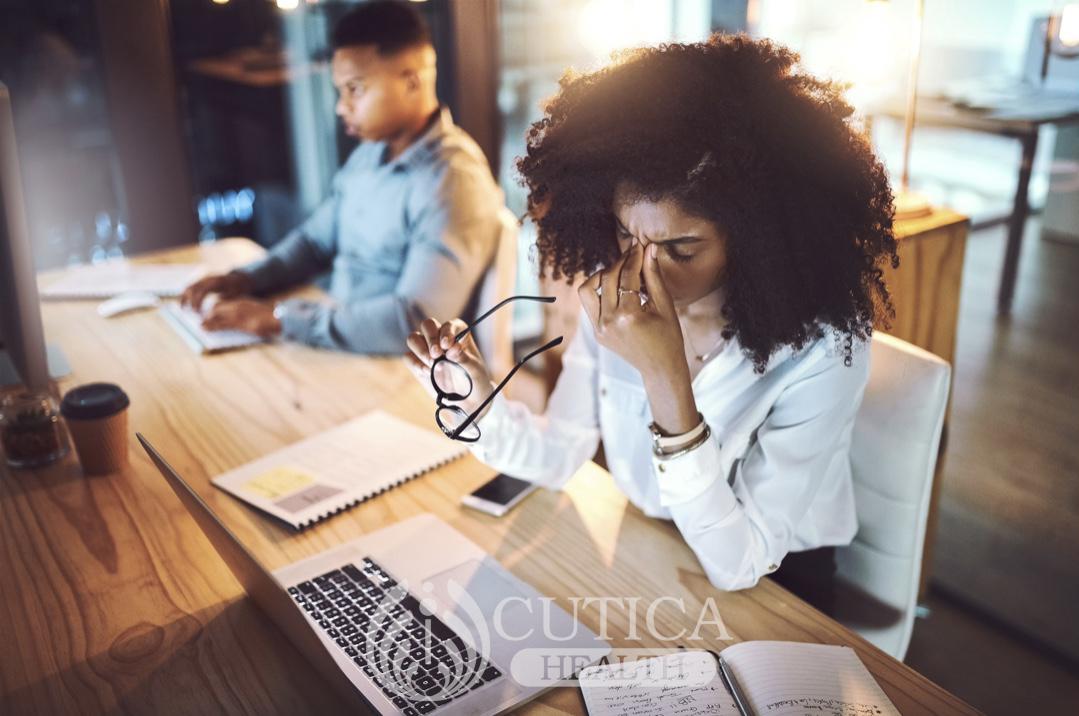
Take-home message: Blue light has positive and negative effects. To minimize these effects, use blue-light filters and observe the 20-20-20 rule, meaning you stay 20 feet away from the screen, and take a 20 second break every 20 minutes.

